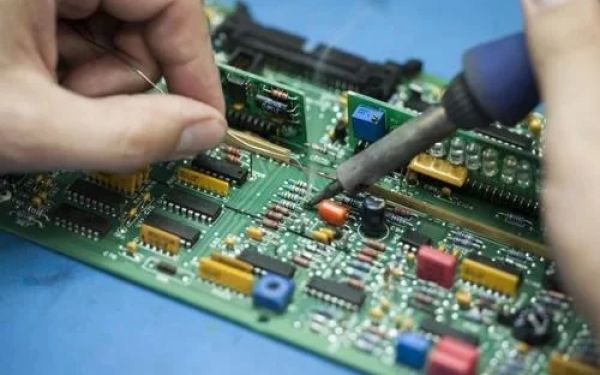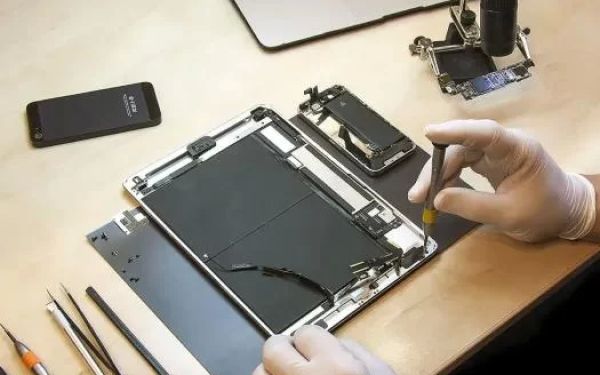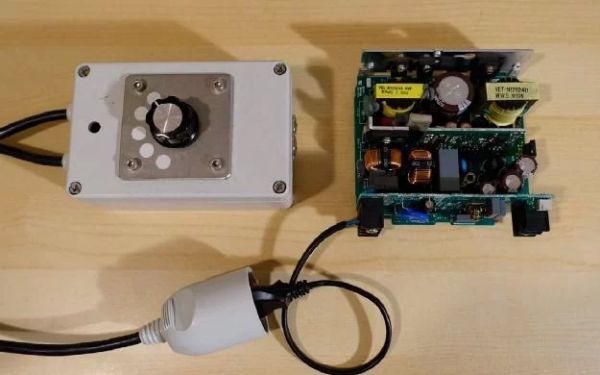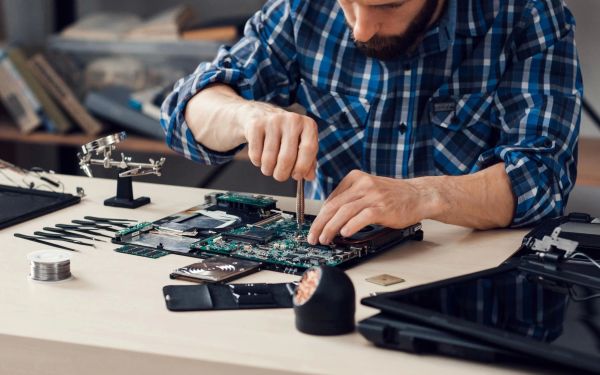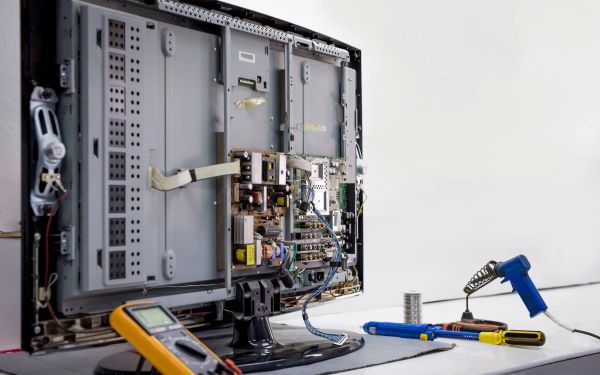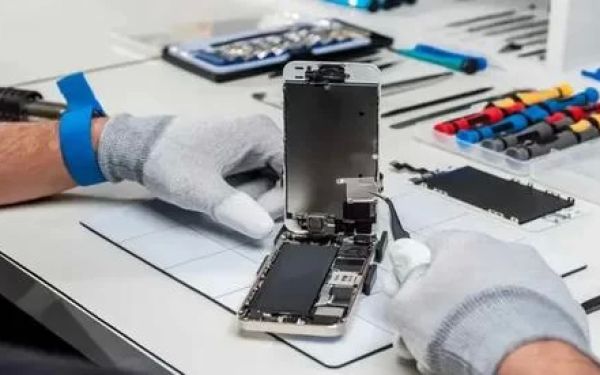How to Use a USB to Fix Common Booting Errors on Windows
- 1. Understanding Boot Errors in Windows
- 2. Creating a Bootable USB Drive
- 3. How to Boot from a USB to Fix Booting Issues
- 4. Common Solutions to Boot Errors Using a USB
- 5. When to Consider Other Options for Boot Issues
1. Understanding Boot Errors in Windows
Booting errors are common issues that Windows users face, whether it's due to corrupted system files, misconfigured settings, or hardware problems. A boot error typically means that your computer is unable to load the operating system properly. You might encounter error messages like “No Bootable Device Found” or “Bootmgr is missing.” These errors can be frustrating, but with the right tools and steps, they can usually be fixed quickly. One of the most effective ways to resolve booting issues is by using a USB drive to boot the system and run diagnostics or repair tools.
2. Creating a Bootable USB Drive
The first step in fixing boot errors with a USB drive is creating a bootable USB. You’ll need a USB drive with at least 8GB of storage, and a working PC. Here’s how to create the bootable USB:
- Step 1: Download the Windows installation media tool from Microsoft's official website.
- Step 2: Insert the USB drive into your computer and open the media creation tool.
- Step 3: Follow the on-screen prompts to download and install the Windows installation files onto your USB drive.
- Step 4: Once the process is complete, you’ll have a bootable USB drive that can be used to troubleshoot and repair boot errors.
This process will create a Windows installation drive that can also be used for system repairs, which is incredibly helpful when your PC cannot boot normally.
3. How to Boot from a USB to Fix Booting Issues
Once your bootable USB drive is ready, it’s time to use it to fix the boot errors on your Windows PC. Follow these steps:
- Step 1: Insert the bootable USB drive into the PC with the boot error.
- Step 2: Restart the PC and press the appropriate key to access the boot menu (usually F12, ESC, or DEL, depending on your manufacturer).
- Step 3: From the boot menu, select the USB drive as the boot device.
- Step 4: Once the system boots from the USB, you can access Windows Recovery Options or repair tools to fix the boot issue.
After booting from the USB, you'll have access to advanced repair tools like Startup Repair, System Restore, and Command Prompt, which can help diagnose and fix common boot errors.
4. Common Solutions to Boot Errors Using a USB
Once you’ve successfully booted from the USB, there are several repair tools and solutions you can use to fix booting errors. Some common methods include:
- Startup Repair: This tool automatically detects and fixes issues related to Windows startup and boot configuration.
- System Restore: If the issue is recent, you can use System Restore to revert the system to a previous working state.
- Command Prompt: Advanced users can use Command Prompt to manually fix issues, such as rebuilding the boot configuration data (BCD) or fixing corrupted system files with commands like “sfc /scannow” or “bootrec /fixmbr.”
By using these built-in tools, you can resolve many boot errors without needing to reinstall Windows or perform complex repairs.
5. When to Consider Other Options for Boot Issues
While using a USB drive to fix boot errors is often the best solution, there are times when other options may be required. If the booting error persists despite multiple repair attempts, there might be an underlying hardware issue, such as a failing hard drive or faulty RAM. In such cases, you may need to:
- Replace the faulty hardware component.
- Seek professional technical support.
- Consider reinstalling Windows if system files are beyond repair.
If you're unsure about the next steps or if the issue seems too complex, consider reaching out to a professional for help. You can also explore products like Ninja Stik for additional troubleshooting tools to help you diagnose and fix hardware or software issues on your system.

